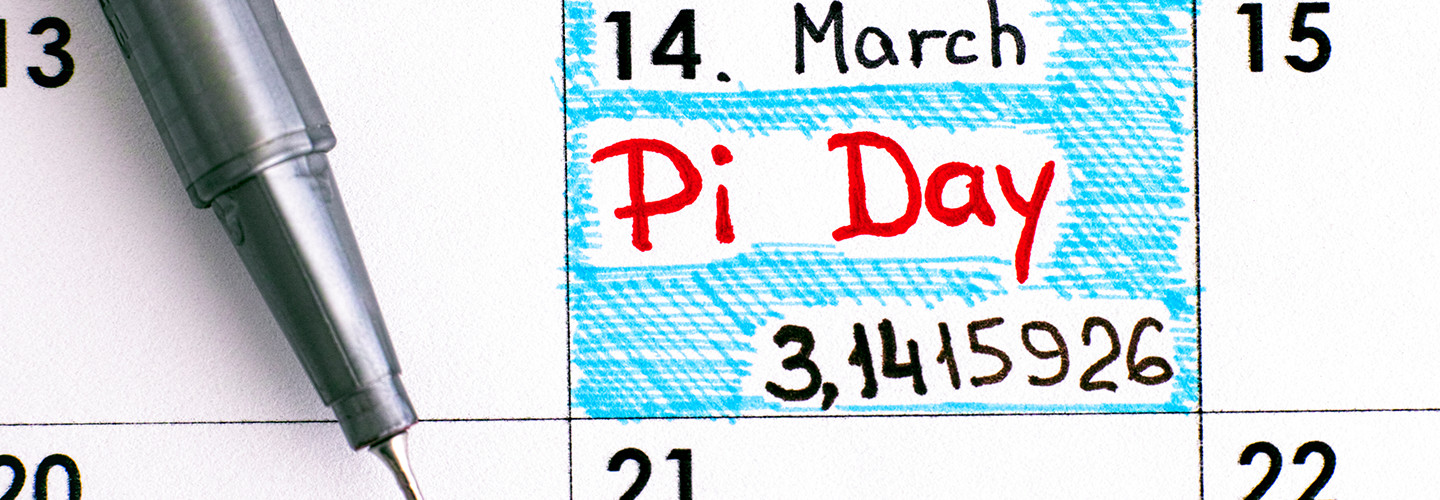3 Tools to Boost K–12 Math Lesson Plans for Pi Day
Pi Day is here. While it’s mostly a fun day of math-inspired competitions and scarfing down slices of “pi,” it can also be a great time for teachers to think about tweaking their math and computer science lesson plans.
There are several classroom tools available that can keep students engaged while building the science, technology, engineering and math skills they will need down the road.
Of course, math lessons in K–12 will vary depending on students’ grade level and skills. While high school students may be able to handle complex assignments, such as coding virtual worlds, second-graders will need to use simpler tools. Here are a few considerations to help teachers get started.
Grades K–4: Robotics Tools Teach Students Programming Basics
For the youngest K–12 students, classroom tools should focus on creating a solid, foundational understanding of math and computer science while also stimulating students’ creativity.
Sphero robots and littleBits encourage students to take a hands-on approach to STEM. With littleBits Code Kits, students can create and program their own designs using color-coded electronic blocks.
At DeQueen Public Schools in Arkansas, students have the freedom to explore and experiment with programming the globular robots.
“We’re teaching computational skills by having students break large problems into a sequence of smaller, more manageable ones,” Technology Coordinator Nena Land told EdTech. “All the while, they’re having a great time learning how to make a robot turn or move inside a game.”
Grades 5–8: Students Reach for the Skies with Drones
Drones may not be the first thing that comes to mind when thinking of math class, but they can be effective engagement tools when used correctly.
At Dripping Springs (Texas) Independent School District, students assembled and programmed drones of their own.
They started by designing the parts, using a 3D printer to bring their designs to life. Then, with the help of their teachers and parents, they wired and assembled the drones. Once the machines were built, the only thing left to do was fly them.
“We then built a curriculum around drones,” Marisa Vickery, the district’s facilitator of learning and innovation, told EdTech. “For some classes, teachers may use a drone for flying as an incentive or for basic coding practice, while others have the students plot out equations, using the drones to study math. … The drones really open up student interest, and there are so many applications for them across our curriculum.”
PRODUCT REVIEW: DJI Phantom 4 Pro+ enables unique opportunities for K–12 students.
Grades 9–12: Let Students Be Masters of Their Own Virtual Universe
Virtual and augmented reality can be a boon for teachers looking to spice up their lesson plans. After all, who would not jump at the opportunity to design a world of their own that they can immerse themselves in?
When Chad Lewis, director of technology at Tampa Preparatory School, designed a dedicated virtual reality lab space equipped with HTC Vive and Oculus Rift headsets, older students enthusiastically took to the new immersive technology.
Now, through Unity 3D virtual reality programming software, students can learn Java and C# programming languages to design everything from video games to astronomy applications.
“Many schools are starting to experiment with VR from an experiential standpoint, which is great,” said Lewis. “The power of immersion in education is meaningful. For us, however, the big differentiator is that our students aren't just experiencing other people's VR environments. They are creating their own.”








